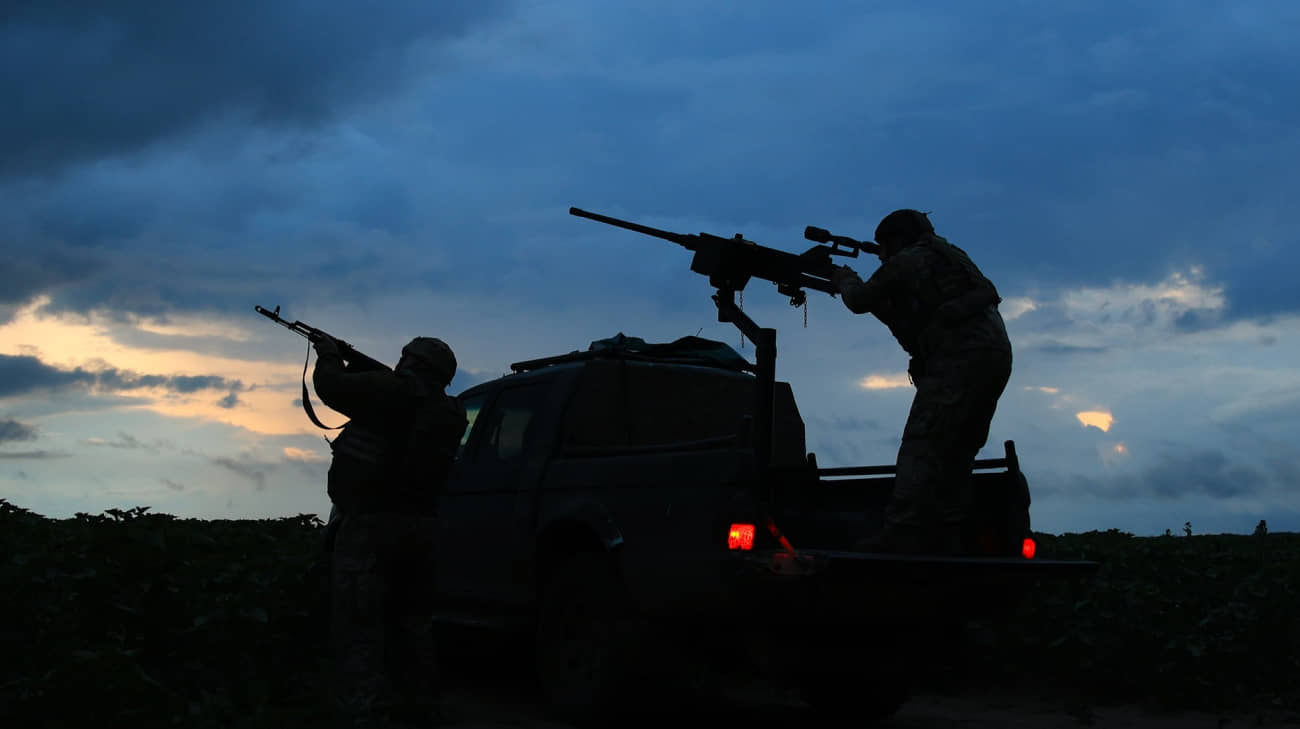Major Aerial Attack on Ukraine
On the night of July 18 to 19, Ukraine faced a significant aerial assault from Russian forces. According to reports, over 379 aerial weapons were launched in the attack. Ukrainian air defense systems managed to intercept and destroy 208 of these threats, while another 136 remained unaccounted for, having vanished from radar screens.
The attack involved a variety of different types of weaponry. The majority of the assault came in the form of drones, with 344 of them being deployed. In addition to this, Russia also used 12 Iskander-M/KN-23 ballistic missiles, 8 Iskander-K cruise missiles, and 15 Kh-101 cruise missiles. These figures highlight the scale and diversity of the attack, which targeted multiple locations across Ukraine.
Ukrainian Air Force officials provided detailed information on the intercepted weapons. They stated that 185 Shahed-type loitering munitions were shot down by air defense forces. Additionally, seven Iskander-M/KN-23 ballistic missiles, seven Iskander-K cruise missiles, and nine Kh-101 cruise missiles were also destroyed during the operation. This demonstrates the effectiveness of Ukraine’s air defense capabilities in countering the various threats posed by the attack.
Despite the efforts of the Ukrainian military, some of the attacks managed to reach their intended targets. Five missiles and 30 attack UAVs were confirmed to have hit their designated locations. These hits occurred in 12 different areas, indicating that the attack was widespread and targeted multiple strategic points.
In addition to the direct hits, there were also instances where downed aerial weapons were recorded in seven separate locations. This suggests that while the majority of the incoming threats were neutralized, some of the attacking assets managed to cause damage before being destroyed.
The attack on July 18-19 underscores the ongoing conflict between Ukraine and Russia, with both sides continuing to deploy advanced weaponry in an effort to gain an upper hand. The use of drones, ballistic missiles, and cruise missiles highlights the evolving nature of modern warfare, where technology plays a critical role in shaping the battlefield.
Ukraine’s ability to intercept and destroy a significant portion of the incoming attacks is a testament to the resilience and preparedness of its military forces. However, the fact that some weapons managed to reach their targets also serves as a reminder of the challenges that remain in defending against such sophisticated attacks.
As the conflict continues, it is likely that both sides will continue to refine their strategies and improve their capabilities. The situation remains fluid, with new developments occurring on a daily basis. For those interested in staying updated on the latest news and analysis, there are various platforms available that provide in-depth coverage of the events unfolding in the region.
The impact of such attacks extends beyond the immediate destruction they cause. They also have long-term implications for the security and stability of the region, affecting not only military operations but also the lives of civilians who are caught in the crossfire. As the international community watches closely, the need for diplomatic solutions and continued support for Ukraine remains more important than ever.







